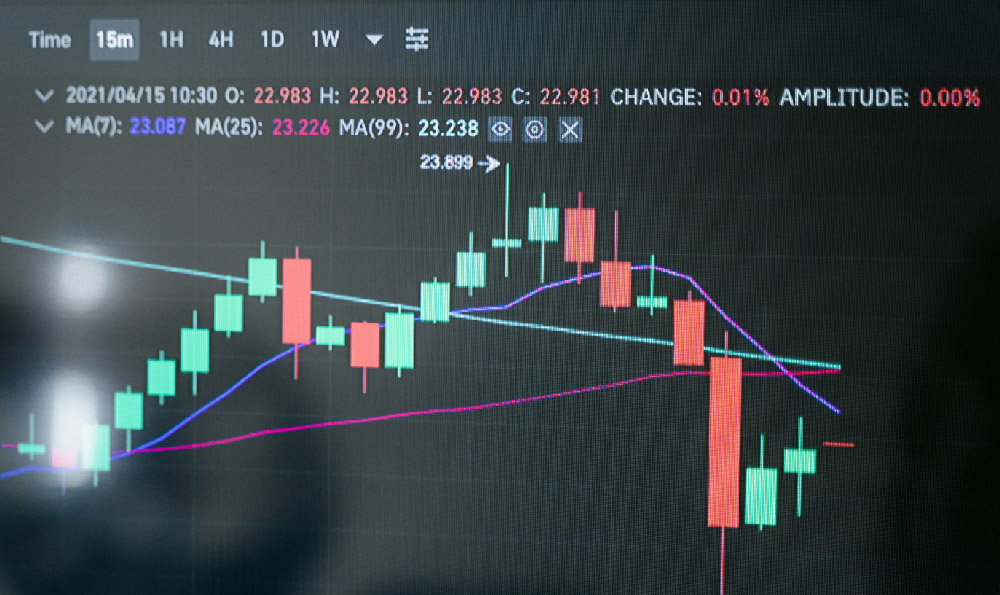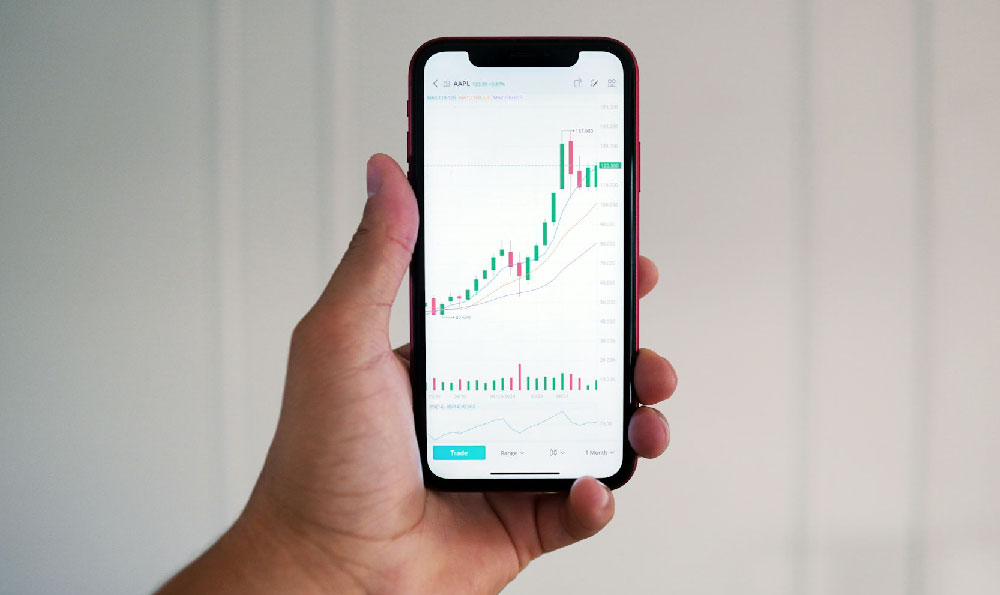Which Food Delivery Service Earns More: Uber Eats vs DoorDash

Food delivery services have revolutionized the way consumers access meals, transforming the restaurant industry and creating new opportunities for drivers, businesses, and investors. As these platforms continue to expand their reach, understanding the financial dynamics between major players like Uber Eats and DoorDash becomes increasingly important. While both companies operate in the same space, their revenue models, pricing strategies, and market performance reveal distinct differences in profitability and growth potential. From the perspective of a driver or a restaurant owner, these variations can significantly impact earnings and business decisions.
The success of food delivery services often hinges on their ability to balance the needs of drivers, restaurants, and customers while maintaining profitability. Uber Eats, which has grown rapidly since its launch, relies on a dynamic pricing system that adjusts in real-time based on demand, supplier availability, and the number of active drivers. This approach allows the platform to optimize delivery times and manage costs efficiently, but it also affects the earnings of drivers and restaurants. In contrast, DoorDash has historically adopted a more traditional pricing model, with fixed rates for certain menu items and dynamic pricing for others. This structure provides predictability for restaurants but may limit opportunities for drivers to maximize income during peak hours.
One of the most critical factors influencing earnings is the revenue split between the platform and its stakeholders. Uber Eats typically takes a commission ranging from 15% to 30% of each order, depending on the type of restaurant and the size of the order. For drivers, the payout per order is influenced by factors such as delivery distance, restaurant location, and the complexity of the order, while also being affected by the competition among drivers in the same area. DoorDash, on the other hand, offers a commission rate that can vary from 12% to 25%, which is relatively more favorable for restaurants compared to Uber Eats. However, drivers may notice different payout structures, particularly during off-peak hours when competition is lower.

Market expansion plays a significant role in determining the financial health of these platforms. Uber Eats has aggressively entered new markets across the globe, including regions like Asia and Latin America, where it has established partnerships with local food chains and grocery stores. This strategy has allowed the platform to increase its revenue base by tapping into high-growth areas. DoorDash, while also expanding internationally, has focused more on the U.S. market and has formed strategic alliances with big-name brands, such as Starbucks and Target, to enhance its service offerings. The difference in market focus can affect the scalability of their services and the potential for sustained profitability.
The financial performance of these services is also shaped by their operational efficiencies and cost structures. Uber Eats has invested heavily in technology, including AI-driven algorithms for route optimization and predictive analytics for demand forecasting, which helps reduce delivery costs and improve customer satisfaction. These technological advancements can translate into higher profits for the platform. DoorDash has similarly embraced innovation, but its cost structure is more heavily weighted toward driver incentives and market-specific partnerships. This has led to a more balanced approach to managing expenses while maintaining service quality.
From a consumer standpoint, the pricing of food delivery services is determined by a combination of factors, including the cost of the meal, delivery fees, and service charges. Uber Eats typically includes a one-time delivery fee per order, which can range from $1 to $5 depending on the location and the restaurant's pricing strategy. DoorDash, in contrast, has often introduced performance-based rewards for drivers, which can lead to variations in delivery costs. These costs are further influenced by dynamic pricing, which depends on the time of day, the competitiveness of the market, and the level of demand.
The role of food delivery services as a business model is also evident in their ability to generate revenue through partnerships and cross-promotions. Uber Eats has partnered with major brands, such as Walmart and Amazon, to expand its grocery delivery services, which adds an additional revenue stream beyond just restaurant food delivery. DoorDash has similarly formed partnerships with chains like Taco Bell and Chipotle, leveraging its platform to offer exclusive deals and promotions that benefit both customers and restaurants. These strategic collaborations can have a significant impact on revenue growth, especially in markets where competition is fierce.
As these services continue to evolve, their impact on the restaurant industry and consumer behavior has become more pronounced. The financial dynamics between Uber Eats and DoorDash reflect the broader changes in the market, including the rise of digital commerce, the demand for convenience, and the shift in consumer spending habits. Understanding these dynamics can help drivers, restaurant owners, and businesses make informed decisions about their participation in the food delivery sector.
In conclusion, the financial performance of food delivery services like Uber Eats and DoorDash is influenced by a variety of factors, including their revenue models, market strategies, and cost structures. While both platforms have demonstrated strong growth potential, their approaches to profitability and business expansion reveal unique advantages and challenges. The ultimate success of these services will depend on their ability to adapt to changing consumer needs, leverage technology, and maintain sustainable business practices in an increasingly competitive market.















